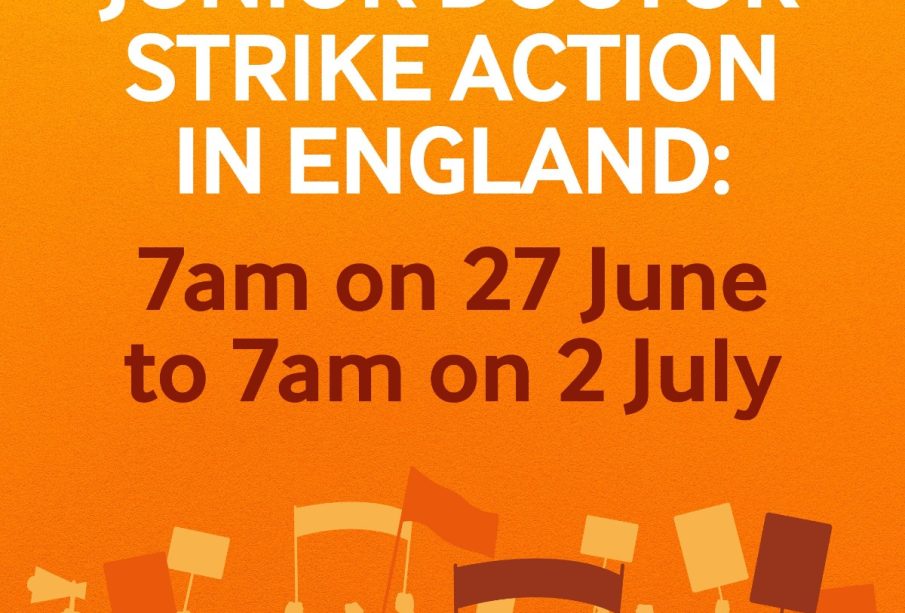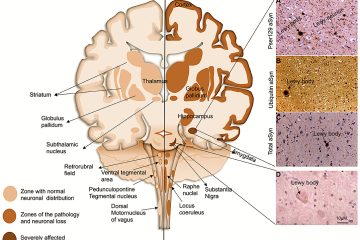Understanding the Junior Doctors Strikes in the UK

Introduction
The ongoing strikes by junior doctors across the UK have become a pivotal issue, reflecting significant frustrations within the National Health Service (NHS). With rising demands for better pay and working conditions, these strikes are not merely a call to action for the medical community but resonate deeply with the public, as they can impact patient care and healthcare accessibility.
Key Events and Background
In recent weeks, junior doctors have organised a series of strikes, the most substantial of which took place in September 2023. These strikes were prompted by an ongoing dispute over pay, which junior doctors argue has not kept pace with inflation or the increasing cost of living. According to the British Medical Association (BMA), junior doctors have seen their real term wages decline by about 26% since 2008.
During these strikes, thousands of junior doctors across England walked out, leading to the cancellation of thousands of routine procedures and appointments, highlighting the strain the NHS is under. The BMA has stated that the action was necessary to make the government listen to their demands amid a workforce crisis that is leaving the health service struggling to cope.
Public Response and Government Action
The strikes have evoked a mixed response from the public and the government. Many patients and their families have expressed sympathy for the doctors’ plight, acknowledging the long hours and stress faced by healthcare professionals. However, others have voiced concern over the immediate impact on healthcare services, with some receiving delayed treatments and consultations.
The government has called for negotiations, urging the BMA to return to the bargaining table. They argue that the NHS budget is limited and that there must be a balance between fair pay and the sustainable running of the healthcare system. Nonetheless, junior doctors remain resolute, stating that without significant improvements, they will continue to advocate for their rights.
Conclusion
The junior doctors strikes signify a culmination of years of staffing issues, burnout, and dissatisfaction within the NHS. As the strikes continue, the implications for the health service are substantial, potentially leading to longer wait times for patients and a further depletion of resources. With negotiations likely to persist, both the government and healthcare professionals face an urgent need to find common ground that not only addresses pay but also improves working conditions in a system that is under constant pressure. As we approach the autumn, many are watching closely to see how these developments will unfold and what it will mean for the future of healthcare in the UK.





